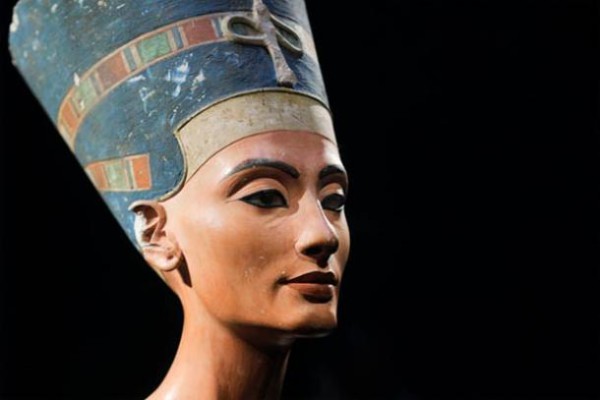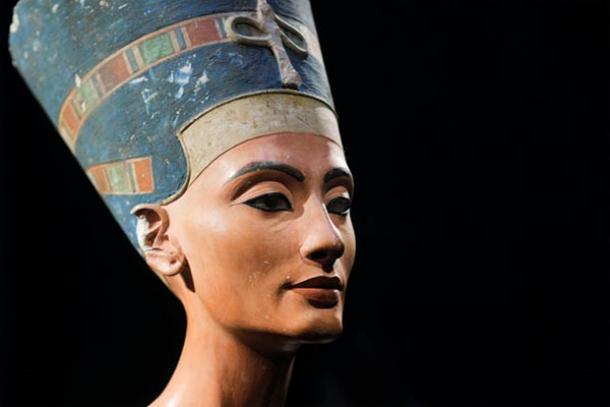
British archaeologist published his findings suggesting that preliminary evidence is pointing towards the fact that Queen Nefriti’s chamber is beside King Tut’s tomb. Dr Reeves backs his theory with the initial scans of the tomb in which he puts forward the ghosts of two doorways; leading to what he suggests two larger crypts, one of whom is possibly the last resting place of Nefriti.
If proven right, Reeves’ findings could solve a number of oddities previously baffling the Egyptologists since 1922, when another British archaeologist Howard Carter discovered Tut’s tomb in the Valle of the Kings.
Archaeologists and Egyptologists have since been speculating and piling evidence to trace the family tree of King Tut. There is now a sort of consensus on the fact that King Tut might be the son of the most peculiar and unique of all pharaohs, Akhenaton who famously converted the whole of Egypt to a form of monotheism from polytheism. However the historic records suggest that there may have been at least two co-pharaohs between Akhenaton and King Tut who died in his late teens hence the title ‘the boy-king’. Since Howard’s discovery of King Tut’s tomb there had been a number of anomalies troubling Egyptologist regarding the structure of the tomb. The burial site of King Tut is pretty small as compared to the graves of some lesser known Pharaohs. There had been talks of the burial site being built for a female, and that Tut was buried there instead in hurry. Mr. Reeves’ theory says that the tomb was actually built for Nefriti but instead Tut was buried in there, and Nefriti’s larger chamber is located behind Tut’s grave, this puts everything in the right perspective. (Mail Online)
Reeves is currently in Egypt talking to Egyptian authorities to formulate and facilitate the use of the most modern Japanese Scanning Radar system to be used on King Tut’s chamber. Despite the fact there are some critics of the project suggesting this could damage the artefacts, there is no shortage of Egyptologists who are supporting Reeves in his quest for Queen Nefriti’s burial site.
There are many, many theories regarding her death and burial but, to date, the mummy of this famous queen, her parents, or her children has not been found or formally identified. In 1898, archeologist Victor Loret found two female mummies inside the tomb of Amenhotep II in KV35 in the Valley of the Kings. These two mummies, named ‘The Elder Lady’ and ‘The Younger Lady’, were likely candidates of her remains.
The KMT suggested in 2001 that the Elder Lady may be Nefertiti’s body. It was argued that the evidence suggests that the mummy is around her mid-thirties or early forties, Nefertiti’s guessed age of death. More evidence to support this identification was that the mummy’s teeth look like that of a 29- to 38-year-old, Nefertiti’s most likely age of death. Also, unfinished busts of Nefertiti appear to resemble the mummy’s face, though other suggestions included Ankhesenamun.
Due to recent age tests on the mummy’s teeth, it eventually became apparent that the ‘Elder Lady’ is in fact Queen Tiye, mother of Akhenaten and that the DNA of the mummy is a close, if not direct, match to the lock of hair found in Tutankhamun’s tomb. The lock of hair was found in a coffinette bearing an inscription naming Queen Tiye. Results have discovered that she was the daughter of Yuya and Thuya, who were the parents of Queen Tiye, thus ruling her out as Nefertiti.
In 2015, an archaeologist, Nicholas Reeves, announced that he had discovered evidence in high resolution scans of Tutankhamun’s tomb “indications of two previously unknown doorways, one set within a larger partition wall and both seemingly untouched since antiquity…’To the north (there) appears to be signalled a continuation of tomb KV 62, and within these uncharted depths an earlier royal interment – that of Nefertiti herself.’
